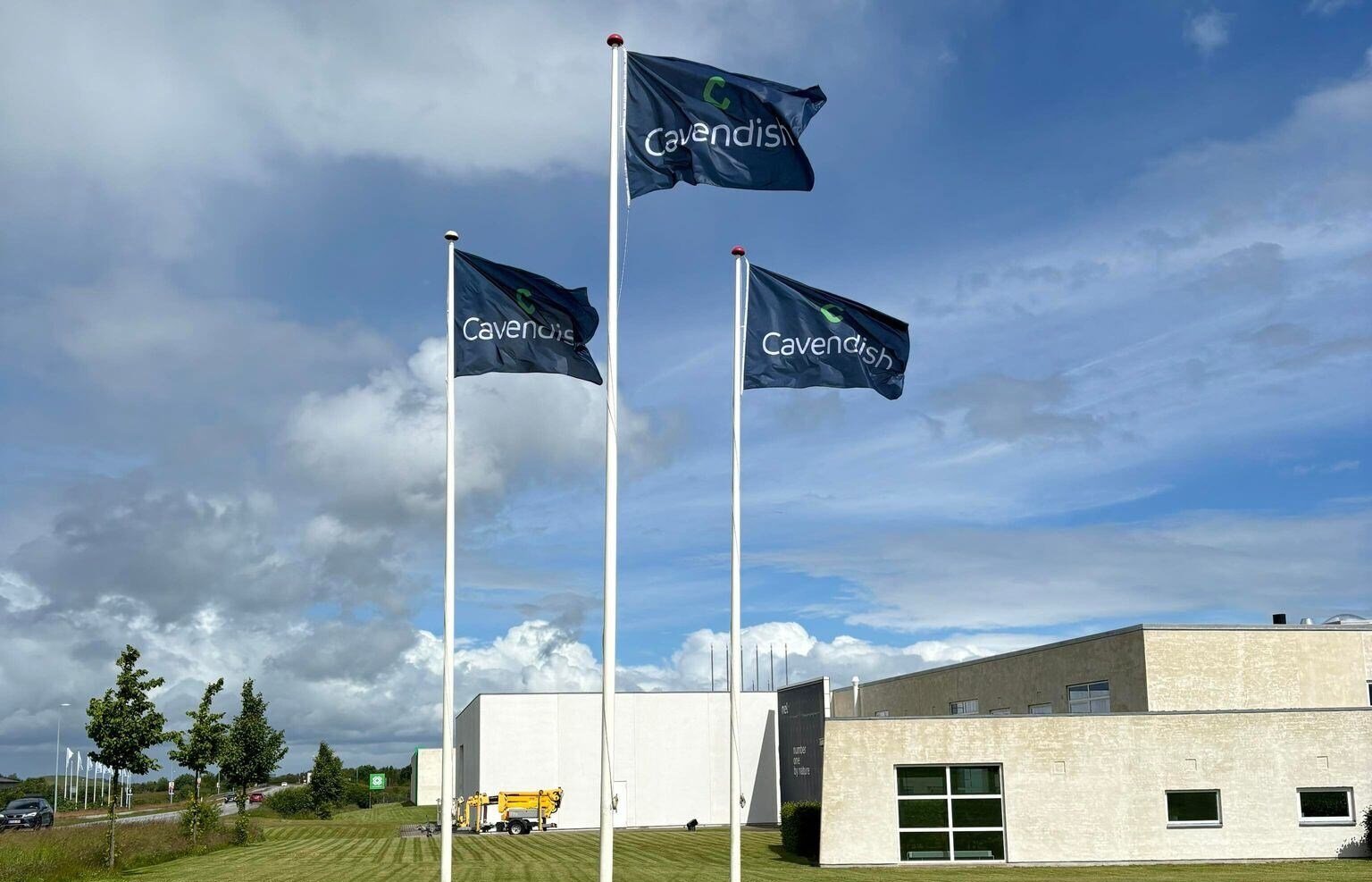There are many ways to refuel a vehicle with gaseous hydrogen. Still, they all grapple with the same fundamental technical challenge—fueling hydrogen reliably and safely into vehicles at 700 bars, roughly 700 times the average atmospheric pressure at sea level, is considerably more complex than poring or pumping a liquid like diesel.
“Because of the level of difficulty and the relatively short history of the sector, the hydrogen industry has yet to settle on a single technology to rule them all”
Building on 20 years of research, technology, and experience, Cavendish has developed a new gold standard for high-capacity hydrogen refueling station equipment. In 2025, Cavendish will commercialize the equipment that will spearhead the next leg of the hydrogen revolution—scaling up maximal daily fueling capacity from 300 kg per day to 6000 kg while also making it possible to fill a large truck with hydrogen in approximately 10 minutes.
Three key technological improvements
Cavendish has built its new product with meticulously tested and proven technology. The business case for this new line of hydrogen refueling station equipment rests on significant progress in three key areas: compression, cooling, and modularization.
Let’s start with compression. In 2018, Nel entered the market with a new diaphragm compressor. Much like a human diaphragm, this compressor compresses gases by moving two plates up and down inside a confined space. Since this initial launch, Cavendish has matured and improved the technology. An essential improvement followed the discovery that raising the pressure from 400 to 1000 bar is the operational sweet spot for the proven Cavendish diaphragm compressor module.
After discovering this, Cavendish partnered strategically with the Austrian engineering company Hoerbiger. The collaboration has resulted in the development of a piston compressor for the new refueling stations that take the hydrogen from 25 to 500 bar. After this initial compression, Cavendish’s diaphragm compressor is used as a boost compressor to ensure successful 700 bar hydrogen fueling every time.
“We are confident that the new piston compressor, in combination with our improved diaphragm compressor, will be instrumental in making our modular platform of high-capacity hydrogen refueling stations a success,”

When it comes to the hydrogen cooling process, Cavendish is proud to say that tests have shown the new refueling stations to be the most energy efficient in the market, with an energy consumption that is 50 percent lower than its competitors. And since each client and hydrogen fueling project is unique, Cavendish has designed the new refueling station system to be highly modular. This means Cavendish can respond to most customer needs without engineering one-of solutions.
“The new high-capacity product is architected in a clever modularized way that lets us scale the size and capacity to meet customer requirements and maximize their business case,”
Preparing the ground for a transport revolution
Cavendish has 20 years of experience in an immature industry. Building on the learning points from all these years, the company is uniquely positioned to revolutionize the hydrogen sector with a radically improved product offering. During the past 3-4 years, Cavendish has turned failures and mistakes into learning points and actionable improvement measures. The company has worked intensively with its supply chain to improve component reliability and worked relentlessly to understand and rectify every failure seen in previous iterations of the product offerings over the past years.
Today, Cavendish is proud to say that the new product offering synthesizes all the experience from 20 years in hydrogen fueling into a reliable, streamlined, and highly modular product. In developing this new generation of high-capacity hydrogen refueling stations, Cavendish has focused on keeping down clients' total cost of ownership.
In 2026, the first of these new high-capacity hydrogen refueling will be ready to use, making it possible to fill a heavy-duty vehicle with 60 to 80 kg of hydrogen fuel in ten minutes—the same time it takes to fill a truck with diesel. This parity is significant, as charging a battery-powered heavy-duty vehicle takes approximately seven hours, a downtime that, for most companies, is incompatible with contemporary business models. By enabling transport companies to switch seamlessly from diesel to hydrogen without sacrificing range or efficiency, with the same reliability and customer experience as a conventional petrol station, Cavendish aims to contribute substantially to the global effort to limit vehicle emissions.
“Saving the planet needs to be easy and affordable. It’s as simple as that,”
What are the advantages of running heavy-duty transport vehicles on hydrogen instead of batteries?
Hydrogen offers a higher energy density compared to known batteries. This means that more energy can be stored in a smaller volume, which is crucial for heavy-duty vehicles where space constraints may limit the size of the energy storage system.
Refueling hydrogen vehicles is typically faster than recharging battery-powered vehicles. For heavy-duty transport vehicles that operate on tight schedules, minimizing downtime for refueling is essential to maintain efficiency and productivity.
Hydrogen fuel cells can provide longer driving ranges compared to battery-powered vehicles. This is particularly advantageous for heavy-duty transport vehicles that must cover long distances without frequent refueling or recharging stops.
Hydrogen fuel cells and tanks may be lighter than the batteries required to provide similar energy storage capacity. This can help reduce the vehicle's overall weight, leading to improved efficiency and payload capacity. A battery system providing a range of 600 km would weigh 7 to 10 tons.
Hydrogen fueling infrastructure can be scaled up more easily than electric charging infrastructure, especially for heavy-duty transport applications, which in many cases require significant upgrades of the local electrical grid. This scalability facilitates the deployment of hydrogen-powered vehicles across a wide range of transportation networks.
